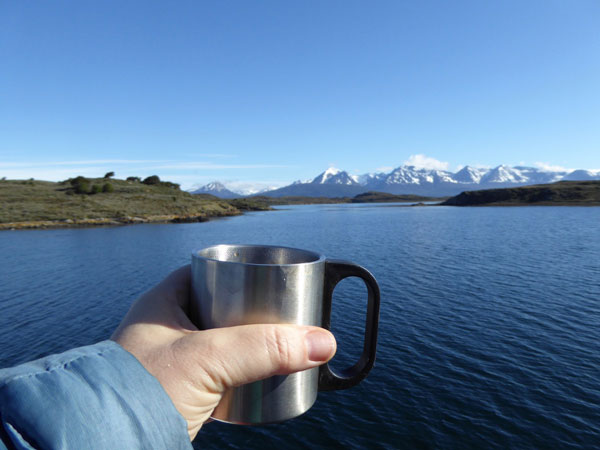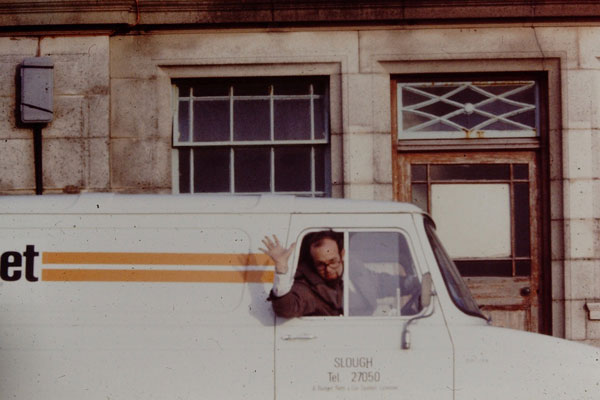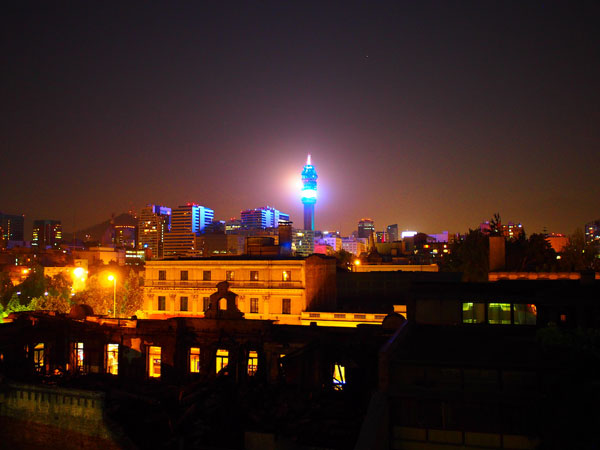This morning when I clicked on Google.cl, as one is wont to do here in this stringbean of a country, I noticed that the L in google had transformed itself into the Chilean flag. The Chilean flag bears a striking resemblance to the state flag of Texas, but be ye not confused. They are not the same. Also, I don’t know much about Texan history, and know only marginally more about Chilean history, but I happen to know that today is an important day here, and quickly did the math, figuring out that google.cl was taking note of the momentous occasion.
Fiestas Patrias is a several-day affair surrounding the 18th of September, which commemorates the anniversary of, but not the independence of Chile. I guess they had to dither around for a while after achieving independence to decide exactly what direction to take the shebang in. As you can see, I excel at history and the vocabulary related thereto. Wikipedia does a bangup job explaining this, though they are somewhat more slanted towards dry and accurate over friendly and sarcastic. Give the people what they want, I always say. I also highly recommend clicking over to the same page in Spanish for an animated year-by-year update of which territories where under what kind of control in Latin America from 1808 to 1825. This is absent on the English page.
But I digress. Because the point of this holiday is to celebrate. People do this in a variety of ways, such as eating the “national foods,” like meat empanadas (turnovers), anticuchos (kebabs), grilled meat, choripanes (grilled sausage on french bread rolls) and sometimes corn on the cob. In Chiloé (giant island in the south) there will also be apple empanadas and two different kinds of potato-latke type things, which are the chapalele and the milcao, which are often part of a curanto, which is kind of like a clambake, but I swear, you’d have to see it to believe it.
Copious amounts of alcohol are drunk, from chicha, a lightly fermented grape or apple-based drink to (of course) beer, red wine, cola de mono, which is a little like kahlua and cream, pipeño (“green wine”), and the dreaded terremoto, a concoction made of pipeño and pineapple icecream and no I am not kidding. The terremoto (lit: earthquake) is a powerful libation, and the second one, or the hangover it can induce are often called “la réplica” (the aftershock).
There’s a bunch of games that people play, including a horseshoe-like one called rayuela, and a hopscotch-like one called luche . Kids have giant spools of string and they fly kites, and try to grab each other’s kites out of the sky, like in Kiterunner. I hear stories every year of “hilo curado,” (glass-treated kitestring), but have never actually come in contact with any.
The festivities go on for a few days, and since it’s cloudy and cold, I don’t feel particularly urgida (fussed) to go out and join in them. A shout out to all my Chilean readers both in the patria (motherland) and abroad. Hope you have an excellent dieciocho! And careful with the aftershocks!









